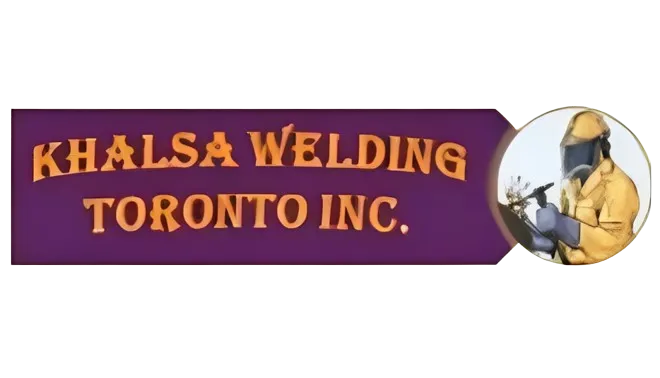
What is Metal Fabrication and How Does it Work?
The business of manufacturing takes place in very large facilities. The process of rapid fabrication begins when the craft meets the machine. The craft is being generated with the help of new technologies. The end products derived from the use of technology have to be designed, and this is what engineers usually do. Metal fabrication is a complex process of creating valuable metal structures. The creation process includes cutting, bending, and assembling the metal pieces.
The processing of raw materials and the formation of machines, their parts, and structures, comes under the process of value addition. Some end products of metal works such as forging, and casting may sound similar but are not classified under fabrication. At Khalsa, we fabricate and ship based on engineers’ drawings, and to project-specific priorities as we have superior quality mobile welding services in Toronto. We do not just do the manufacturing work but in addition to that, we assist our clients with all the aspects of system layout. We also work on budget planning for a wide range of projects.

Technology We Use for Metal Fabrication: -
Since then, it kept on evolving and with the involvement of new practices, the industries kept on expanding. If we compare the two eras, there will be a huge difference. By that time people were not well aware of technology but today’s process includes –
CAD Software:
CAD or computer-aided design is a technology that uses the concept of technical documentation that replaces the uses of manual entries. It is the same automated process used in graphics designing (2D and 3D technology). This technology helps engineers to figure out the weakest structural portions within a fraction of time.
Automation: –
It is a revolutionary approach in the field of fabrication. The pieces of machinery produced from the process can work round the clock. This process helps in the automated completion of projects and that too with a little involvement of human labour. This increases productivity and market value.
Machinery: –
Some widely used alloys are, aluminium, steel, copper, tin, gold, magnesium, iron, silver, and nickel. Our metal fabrication process in Toronto, for most metals, starts with sheet preparation. These metals sheets were then given the shape of pipes, tubes, and bar stocks.
As per the demand, the metals are created into that shape and form. Some metals such as aluminium and steel are also available in tubular forms, such as pipes. The fabrication process of these metals also depends upon their physical, and chemical properties. A metal is fabricated based upon the properties of ductility, malleability, melting point, conducting capacity and much more.
What Future Holds?
As you know fabrication is not a one-man job, so we have metal working specialists in our company. These comprise blacksmiths, welder, boilermakers, ironworkers, and millwrights. The standard fabrication process uses materials such as plate metal, welding wire and rod, casting, tube stock, and formed and expanded metal. Our metal fabrication in Toronto privatises few factors, which usually include, quality, timely delivery, and legit pricing.
Not all organizations have the ability to deal with in-house metal fabrication as they lack the hardware used. Some organizations also lack mastery to achieve this. We never let our customers worry, so we carry our very own mobile welding truck that carries all the essential tools and machines. Our expertise in the field of metal fabrication helps our clients with accurate, quality, and timely delivery. We are always present to outsource your business.

